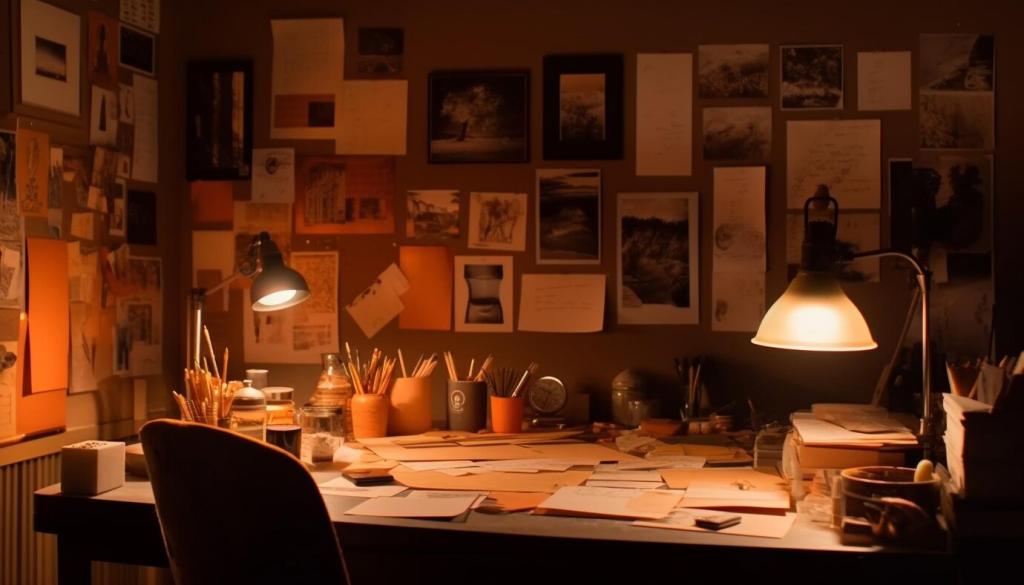Traditional vs. Modern Interior Design Trends
Exploring the intersection and contrast between traditional and modern interior design trends reveals much about aesthetics, lifestyle preferences, and evolving cultural values. Whether you’re renovating your space or seeking inspiration, understanding the hallmarks of each style helps inform your choices and empowers you to create a home that truly reflects your personality. This guide delves into the unique qualities of traditional and modern interiors, highlighting their differences and synergies that can help you define your perfect environment.

Previous
Next
Defining Modern Interior Design
Neutral Tones and Streamlined Surfaces
Modern interiors often embrace a palette of neutrals—whites, grays, beiges, and blacks—with occasional pops of color for visual interest. Surfaces like glass, chrome, polished wood, and exposed concrete evoke an industrial, yet refined atmosphere. These materials collectively provide a subtle backdrop that allows individual design features to shine, fostering an environment of serenity and focus. The continuity of tone and texture helps the eye travel unimpeded, making modern spaces feel larger and more open.
Functional Furniture and Open Layouts
In contrast to traditional rooms, modern interiors promote uncluttered spaces and purposeful furnishings. Sofas, chairs, and tables typically feature geometric shapes and slender profiles, selecting form as much as function. Open floor plans are prized, allowing for effortless flow between dining, kitchen, and living spaces. This design philosophy supports a flexible lifestyle, optimally balancing aesthetics with ease of use. The result is a calm, composed environment ideal for both entertaining and quiet moments.
Integration of Technology and Innovation
Technological advancement is seamlessly absorbed into modern interior design. Smart lighting, automated blinds, and integrated audio systems become both tools and features, enhancing daily living without interrupting the overall visual harmony. Modernism celebrates industrial innovation by showcasing elements like exposed steel beams, floating staircases, and wall-to-wall windows. This embrace of cutting-edge tools and techniques underscores the forward-thinking mindset that defines modern interiors.
The Transitional Aesthetic
Transitional interiors expertly balance the comfort and familiarity of tradition with the sleekness of modernity. Key features might include classic moldings paired with streamlined furniture or antique accessories set against minimalist color palettes. The result is a space that feels inviting yet up-to-date, bridging generations and design philosophies. This flexible approach makes transitional spaces remarkably adaptable, suiting tastes that evolve over time.
Personal Expression Through Decor
Blending styles empowers homeowners to showcase personal taste. By mixing an heirloom dining table with contemporary lighting or placing a modern art piece above an ornate fireplace, spaces become more than stylistic statements—they become stories. Such juxtapositions offer rich visual interest and enable homeowners to surround themselves with items that reflect memories, aspirations, or simply make them feel at home. This personalized mix-and-match strategy ensures no two blended interiors are ever exactly alike.
Achieving Balance and Cohesion
The art of blending styles lies in achieving a sense of unity across diverse elements. Designers accomplish this by repeating colors, balancing silhouettes, and carefully curating accessories. For example, a neutral color scheme may serve as a backdrop for both modern and traditional pieces, while consistent hardware finishes unify a mix of old and new furnishings. By anchoring the design in shared themes or complementary contrasts, homeowners create harmonious environments that transcend trends.
Previous slide
Next slide

